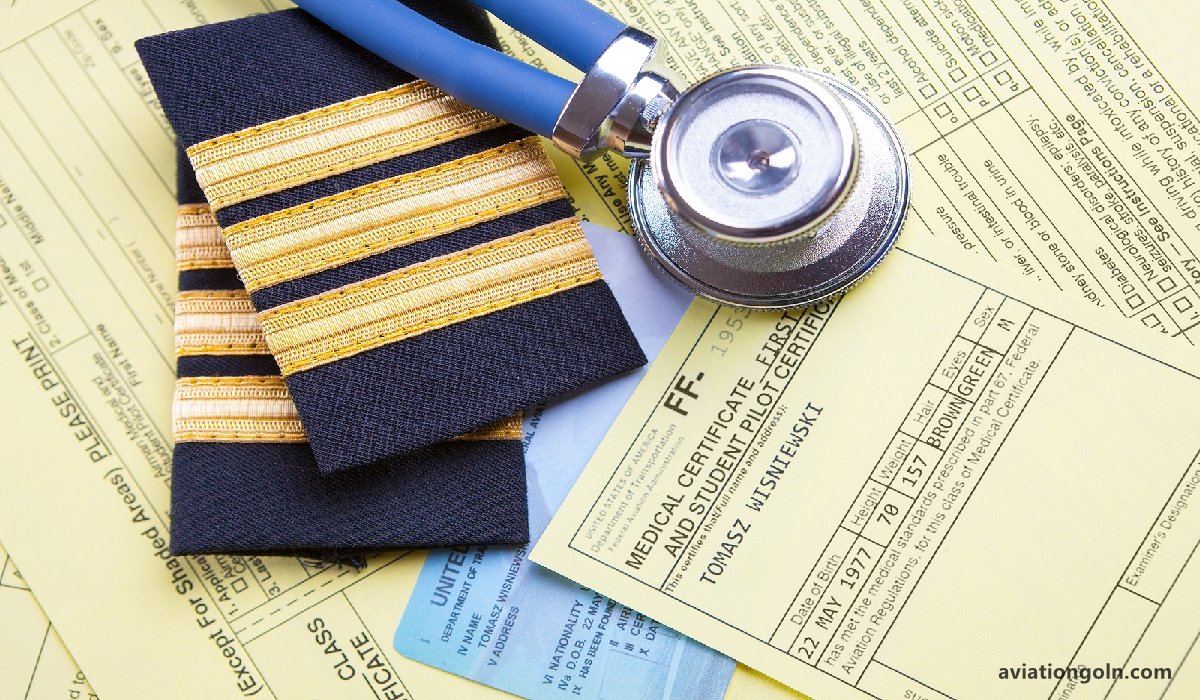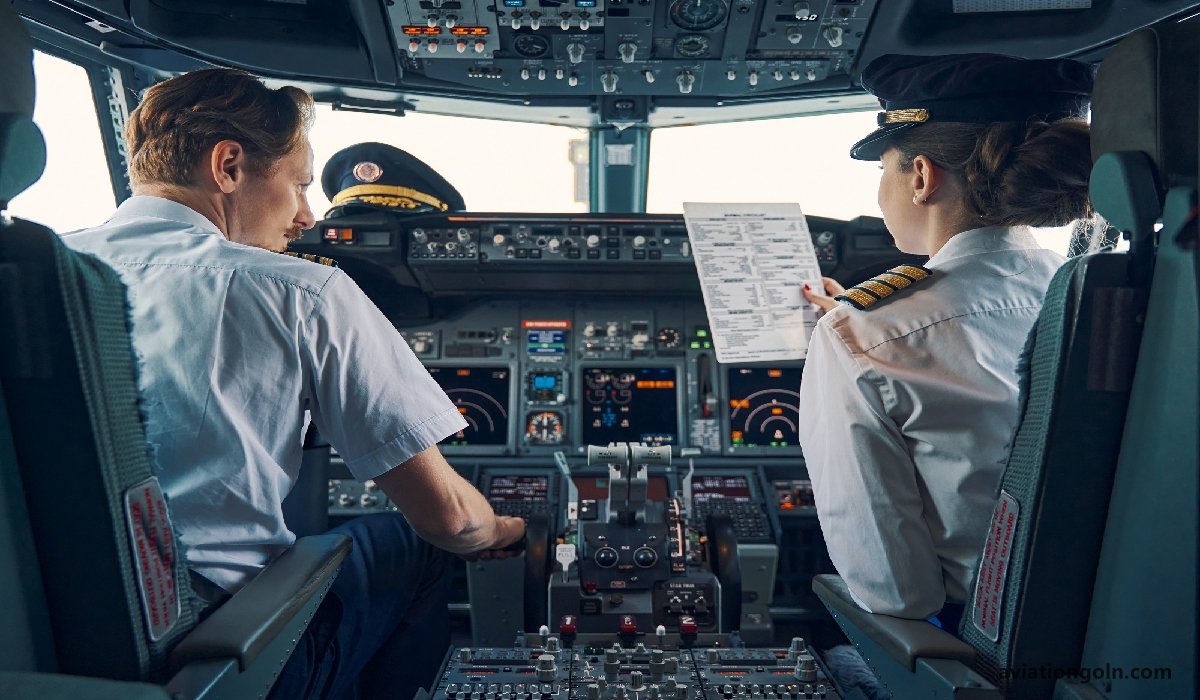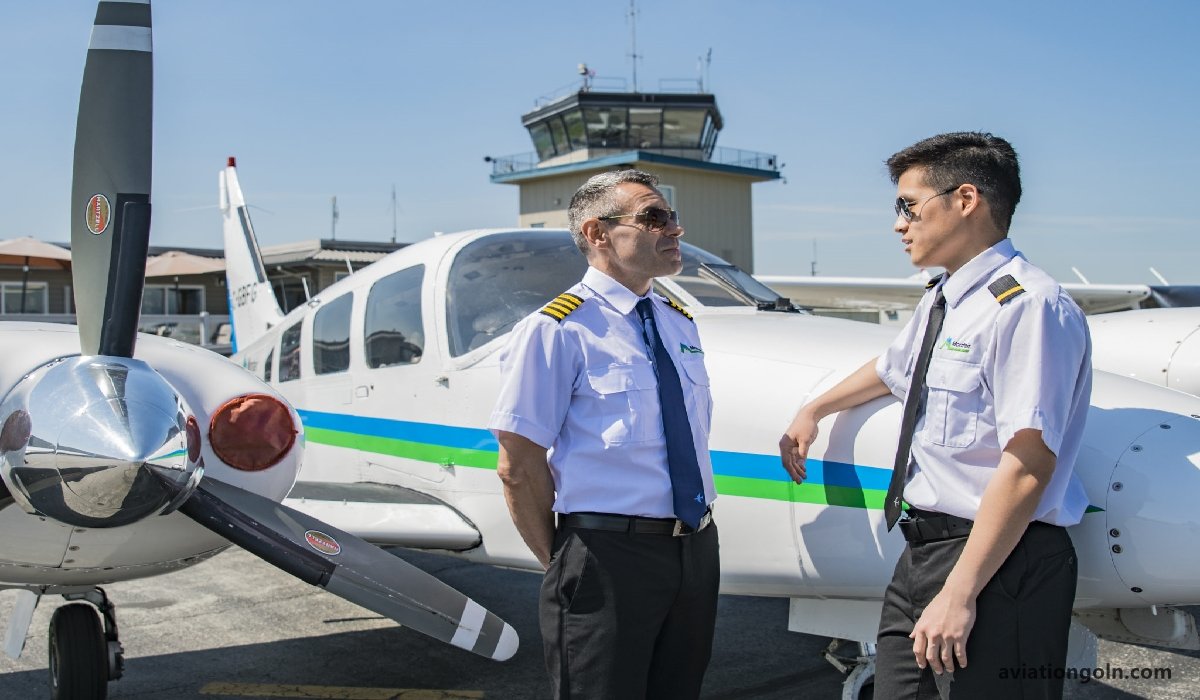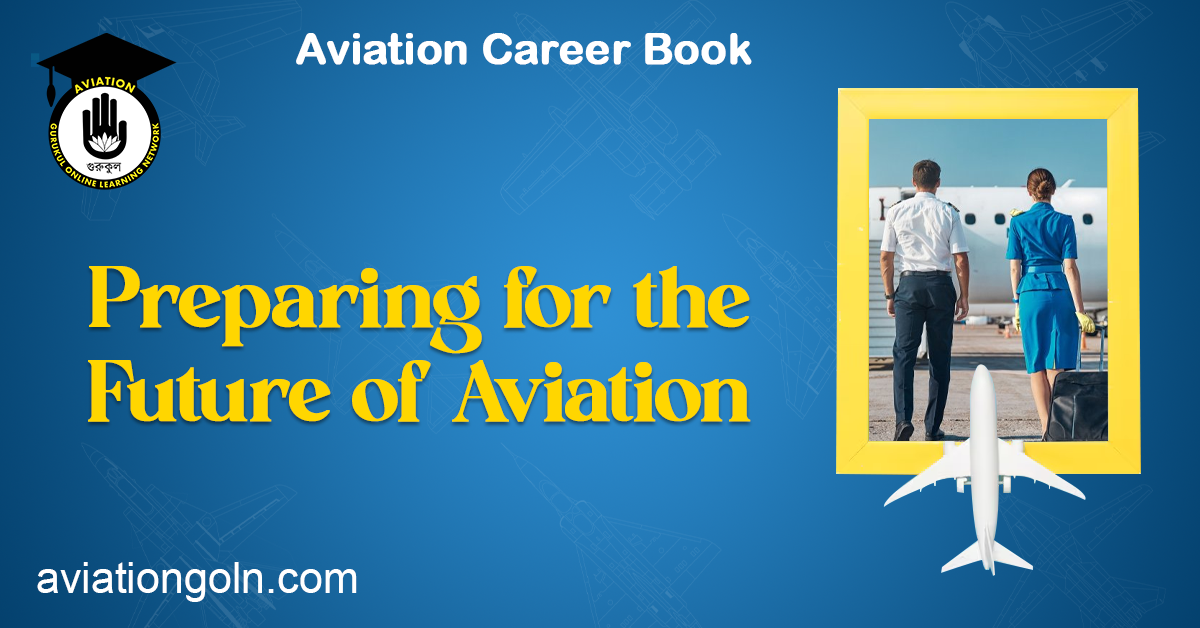Preparing for the Future of Aviation: As humanity steps into an increasingly interconnected world, the aviation industry is undergoing a transformative phase. From electric planes to advanced air traffic management systems, the future of aviation promises to be radically different from its past. For stakeholders, preparing for these impending changes is crucial. This guide delves into the driving forces behind the industry’s transformation and offers a roadmap for getting ready for the future of aviation.
Preparing for the Future of Aviation

Table of Contents
- Current State of the Aviation Industry
- Predicted Changes in the Future
- Technological Advancements
- Environmental Concerns
- Evolving Consumer Preferences
- Key Focus Areas for Preparing the Future
- Sustainable Aviation
- Digital Transformation
- Enhanced Training and Skill Development
- Adapting to Regulatory Changes
- Challenges Ahead
- Conclusion
1. Current State of the Aviation Industry
The aviation industry has always been a hub of innovation. With the advent of digital technology, the sector has seen increased efficiency, improved customer experiences, and safer flight operations. Yet, it faces challenges, including environmental concerns, outdated infrastructure, and fluctuating economic conditions. To prepare for the future, understanding the present is critical.

2. Predicted Changes in the Future
a. Technological Advancements
Electric and Hybrid Aircraft: Traditional aircraft, dependent on fossil fuels, will soon give way to electric or hybrid planes. These aircraft promise not only to reduce emissions but also to cut operational costs.
Urban Air Mobility: Concepts like flying taxis and drone deliveries are making the dream of urban air mobility a foreseeable reality. These will redefine intra-city transport, easing road congestion and offering faster mobility.
Autonomous Flight: Pilotless commercial aircraft are on the horizon. With advancements in AI and machine learning, the aviation industry is progressing towards fully autonomous flights.

b. Environmental Concerns
The aviation sector contributes to 2% of global carbon emissions. As concerns over climate change mount, the industry must transition towards more sustainable operations.
Biofuels and Sustainable Propulsion Systems: Companies are exploring sustainable fuels to power their fleets, with biofuels leading the charge. Simultaneously, research into novel propulsion systems, like hydrogen fuel cells, is ongoing.
Aerodynamic Efficiency: From wingtip modifications to the complete redesign of plane structures, enhancing aerodynamics is a focus. Efficient designs will reduce drag, saving fuel, and thus reducing emissions.
c. Evolving Consumer Preferences
Digital-First Experience: The post-COVID world has seen a surge in digital adoption. Passengers now expect seamless digital experiences, from ticket booking to in-flight entertainment.
Health and Safety: Pandemics and health crises have made passengers prioritize health and safety. Enhanced sanitization, contactless travel, and better air filtration systems will become industry norms.

3. Key Focus Areas for Preparing the Future
a. Sustainable Aviation
Investment in Research & Development: The future of aviation hinges on sustainable practices. Investing in R&D can help firms explore alternative fuels, efficient aircraft designs, and green airport infrastructure.
Collaboration: Stakeholders across the board, from aircraft manufacturers to policymakers, must collaborate. Global partnerships can help standardize sustainable practices, facilitating their widespread adoption.
b. Digital Transformation
Integrating AI and Machine Learning: These technologies can help optimize routes, predict maintenance needs, enhance passenger experiences, and even pilot aircraft.
Cybersecurity: As aviation becomes more digitally connected, it’s also more vulnerable. Robust cybersecurity measures are necessary to protect data and ensure safe operations.
c. Enhanced Training and Skill Development
The future of aviation requires a skilled workforce capable of handling new technologies and challenges.
Continuous Learning: With rapid technological advancements, professionals must be committed to continuous learning. Training programs need frequent updates to stay relevant.
Soft Skills: As automation takes over repetitive tasks, soft skills like critical thinking, communication, and problem-solving will become crucial.
d. Adapting to Regulatory Changes
Active Participation: Engage with regulatory bodies actively. Participate in the creation of policies that affect the industry.
Stay Informed: Regulatory environments will evolve, especially in areas like sustainability and autonomous flight. Being proactive in understanding and adapting to these changes is critical.

4. Challenges Ahead
While the future promises growth and advancement, it also presents challenges:
Economic Fluctuations: The aviation industry is sensitive to economic conditions. Global events, from pandemics to geopolitical tensions, can affect demand and operations.
Infrastructure Limitations: The envisioned growth requires supporting infrastructure. Many airports globally are already operating beyond capacity, necessitating significant investments in infrastructure expansion.
Public Perception: Innovations, especially those like autonomous flights, will face skepticism. Managing public perception and ensuring trust is crucial for the successful adoption of new technologies.

The aviation industry stands on the brink of a revolution. From technological innovations to a renewed focus on sustainability, changes are coming fast. While challenges exist, opportunities abound for those ready to adapt and innovate. The future belongs to those who prepare for it today. As the ancient adage goes, “The best way to predict the future is to create it.” In the ever-evolving world of aviation, this has never been truer. By focusing on sustainable practices, leveraging technological advancements, and prioritizing continuous learning and adaptation, the aviation industry can soar to new heights in the future.
